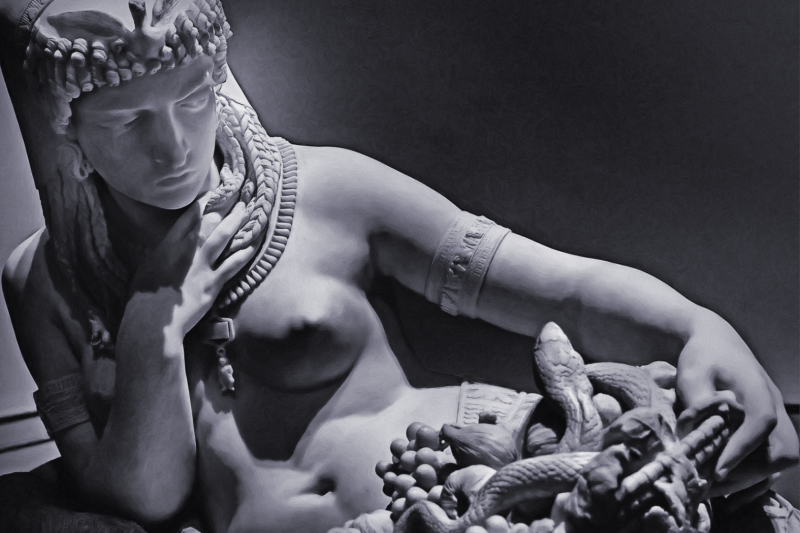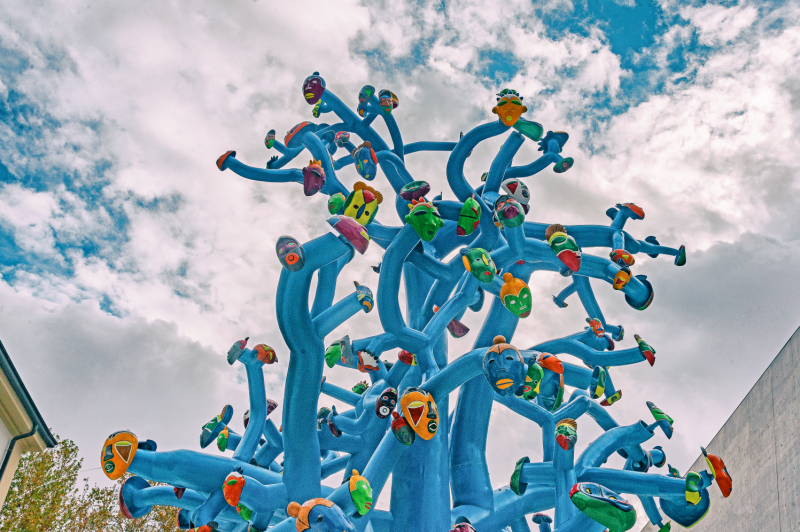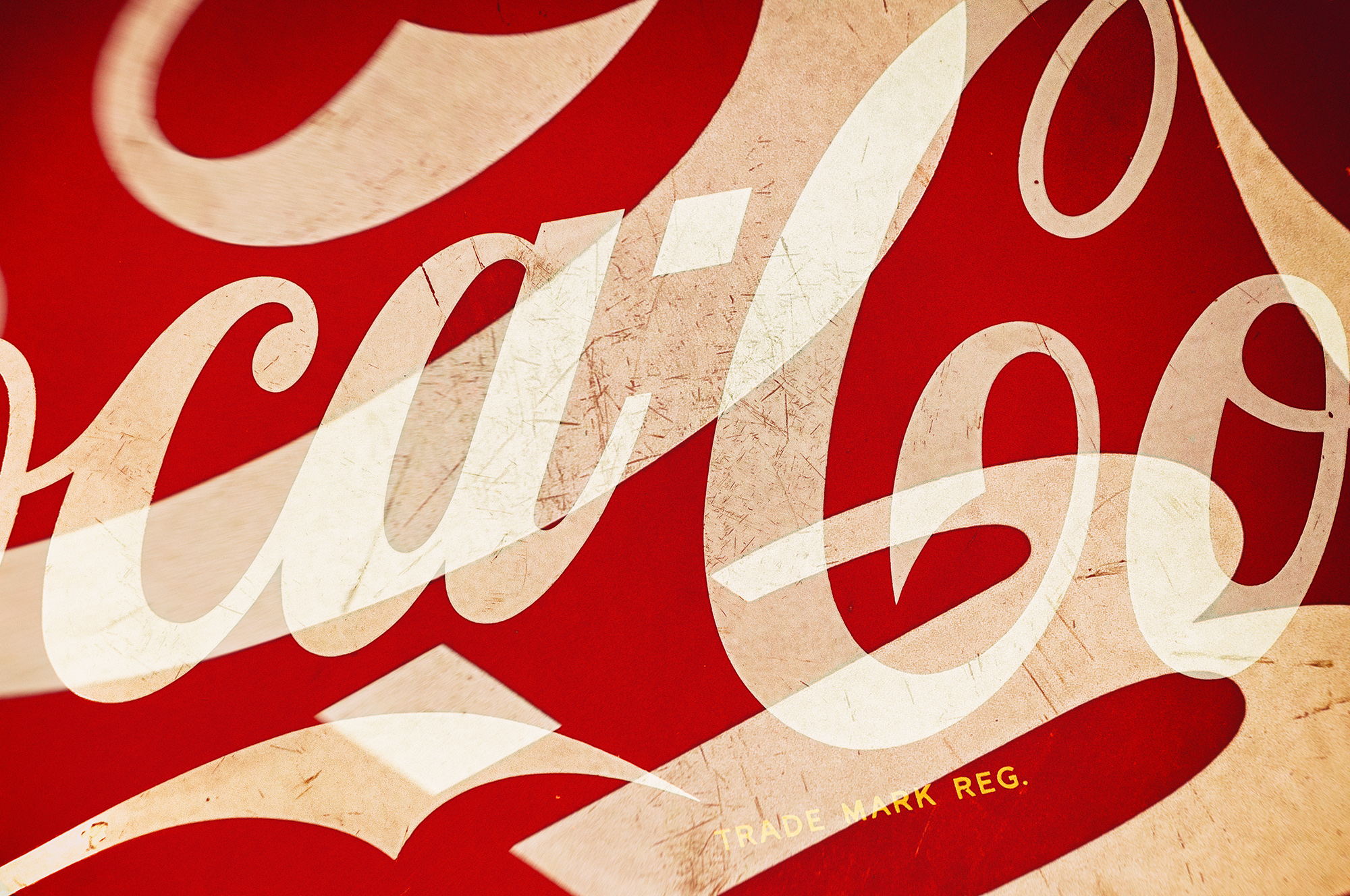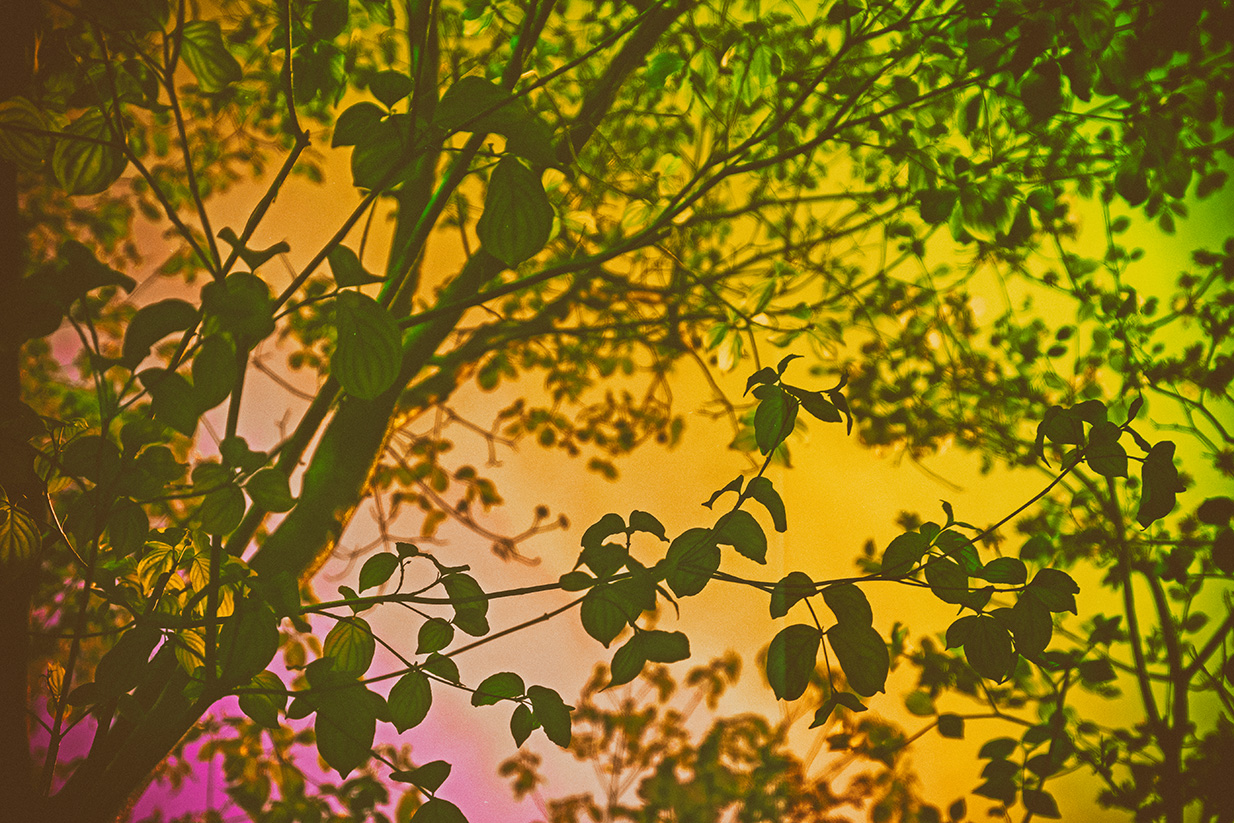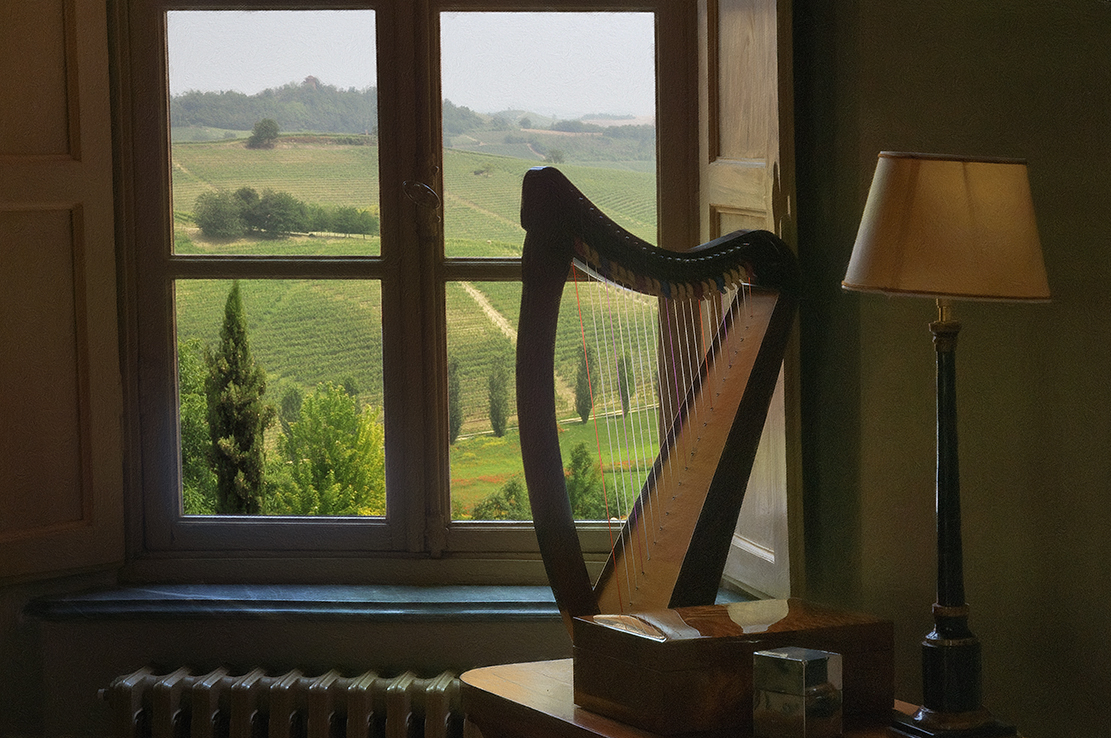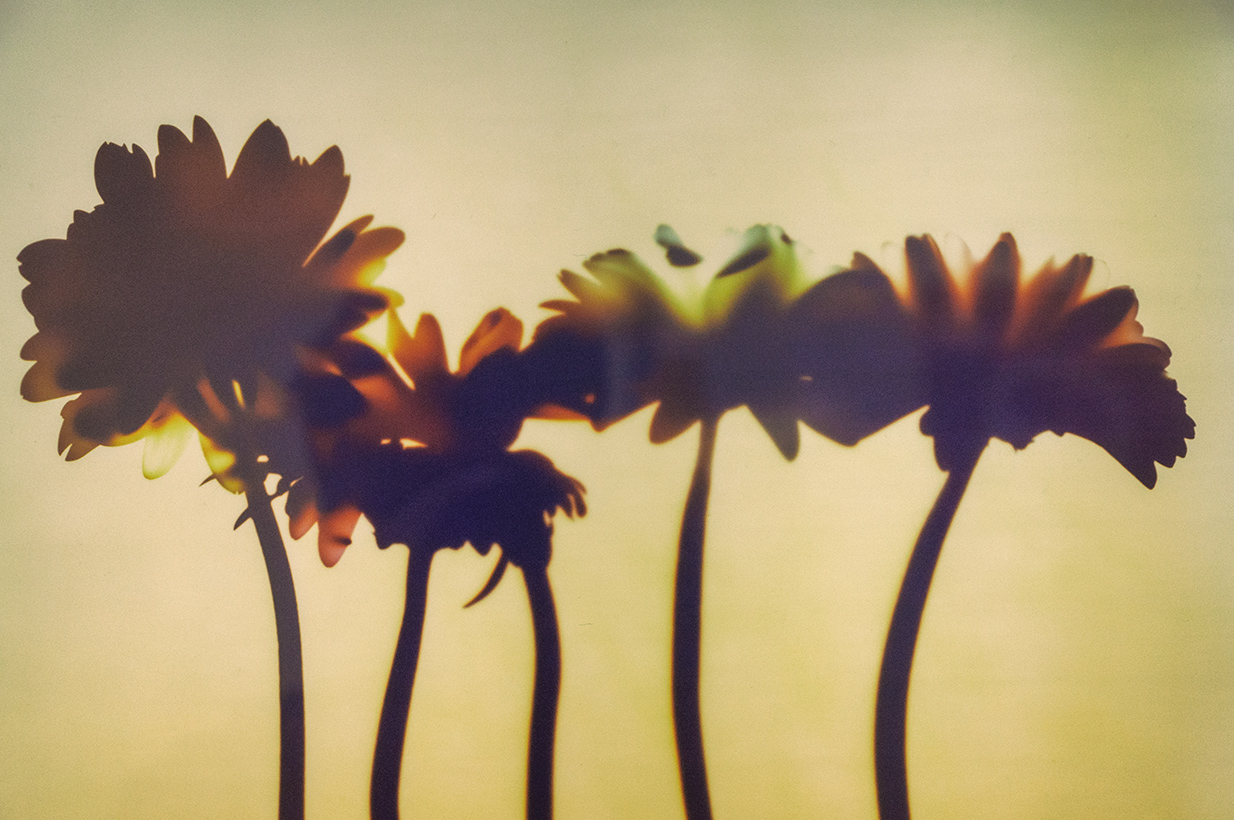
The city parks of Milan are one of the main attractions of the city, offering a green oasis of tranquility in the heart of the metropolis.
Parco Sempione is one of the most famous and ancient parks in Milan, located in the city center. It covers an area of about 38 hectares and is characterized by the presence of numerous species of trees, including poplars, horse chestnuts, lime trees, and plane trees. Within the park, there are also several monuments and tourist attractions, such as the famous Arch of Peace, the Sforza Castle, and the Triennale Museum.
Giardini Pubblici Montanelli, located in the center of Milan, is an urban park of about 9 hectares. The park was inaugurated in 1784 and presents a great variety of trees and plants. Within the park, there are numerous children’s play areas, jogging and walking paths, fountains, and ponds. The park also houses the Natural History Museum of Milan, which offers a vast collection of minerals, fossils, and animals.
Parco Lambro is located in the eastern part of Milan and is one of the largest parks in the city, with an area of about 700 hectares. The park is characterized by the presence of the Lambro River, which runs through the natural area. Within the park, there are numerous children’s play areas, sports fields, and cycling and pedestrian paths.
Parco Nord di Milano is one of the largest urban parks in Europe, located in the northern part of the city. It covers an area of about 600 hectares and offers many opportunities for outdoor activities such as jogging, cycling, and walking. Within the park, there are also several children’s play areas, picnic areas, soccer fields, and beach volleyball courts. The park also hosts numerous cultural and sporting events throughout the year, including concerts, theatrical performances, and festivals.
Parco delle Cave di Milano is a natural park that covers an area of about 80 hectares in the southeast of the city. The park is characterized by the presence of disused quarries, some of which date back to the Roman period, which have created a particular and suggestive landscape. Within the park, visitors can hike or bike, visit the Environmental Education Center, participate in guided tours, go birdwatching, and much more.
Parco Forlanini is located in the southeast of the city and covers an area of about 350 hectares. The park was inaugurated in 1953 in honor of the Milanese aviator Enrico Forlanini. Within the park, there are numerous children’s play areas, sports fields, cycling and pedestrian paths, and a large artificial lake. The park also hosts numerous events throughout the year, including concerts, theatrical performances, exhibitions, and fairs. Additionally, the park has recently been renovated and expanded, with the addition of new green areas and pedestrian paths.
Parco delle Basiliche: located near the Basilicas of San Lorenzo and Sant’Eustorgio, it is a small park with a children’s play area, a basketball court, and a green space.
Parco delle Rimembranze: located in the Porta Venezia area, it is a small park with a children’s play area, a fountain, and a small picnic area.
Parco della Resistenza: located near the Milan Central Station, it is a small park with a children’s play area, a soccer field, and a green area.
Carmagnola Garden: located in the San Siro neighborhood, it is a small garden with a children’s playground area, a picnic area, and a dog area.
Crusades Park: located in the Certosa area, it is a park with a children’s playground area, a soccer field, and a small green area.
Trenno Park: located in the Trenno area, it is a park with a children’s playground area, a soccer field, and a green area.
Franco Verga Park: located in the Quarto Oggiaro area, it is a small park with a children’s playground area, a skating rink, and a picnic area.
Martesana Park: located in the Cimiano area, it is a park along the Martesana with a pedestrian and bicycle path, a children’s playground area, and a green area.
Victory Park: located in the Gallaratese area, it is a park with a children’s playground area, a basketball court, and a picnic area.
South Trenno Park: located in the Trenno area, it is a small park with a children’s playground area, a soccer field, and a green area.
John Paul II Park: located in the Forlanini area, it is a park with a children’s playground area, a soccer field, and a small green area.
Oak Park: located in the Vigentino area, it is a park with a children’s playground area, a picnic area, and a dog area.
Martyrs of the Foibe Park: located in the Lambrate area, it is a park with a children’s playground area, a basketball court, and a small green area.
Each of these parks has its own characteristics and attractions, but all offer a refreshing break from the bustle of the city.
—
I parchi cittadini di Milano sono una delle principali attrazioni della città, offrendo un’oasi di verde e tranquillità nel cuore della metropoli.
Il Parco Sempione è uno dei parchi più famosi e antichi di Milano, situato nel centro della città. Si estende su una superficie di circa 38 ettari ed è caratterizzato dalla presenza di numerose specie di alberi, tra cui pioppi, ippocastani, tigli e platani. All’interno del parco ci sono anche diversi monumenti e attrazioni turistiche, come il famoso Arco della Pace, il Castello Sforzesco e il Museo della Triennale.
I Giardini Pubblici Montanelli, situati nel centro di Milano, sono un parco urbano di circa 9 ettari. Il parco è stato inaugurato nel 1784 e presenta una grande varietà di alberi e piante. All’interno del parco ci sono numerose aree giochi per bambini, percorsi per jogging e passeggiate, fontane e laghetti. Il parco ospita anche il Museo di Storia Naturale di Milano, che offre una vasta collezione di minerali, fossili e animali.
Il Parco Lambro è situato nella zona est di Milano ed è uno dei parchi più grandi della città, con una superficie di circa 700 ettari. Il parco è caratterizzato dalla presenza del fiume Lambro, che attraversa l’area naturale. All’interno del parco ci sono numerose aree giochi per bambini, campi sportivi, percorsi per ciclisti e pedoni.
Il Parco Nord di Milano è uno dei più grandi parchi urbani d’Europa, situato nella zona nord della città. Si estende su una superficie di circa 600 ettari e offre molte opportunità per attività all’aperto come jogging, ciclismo e passeggiate. All’interno del parco ci sono anche diverse aree giochi per i bambini, aree picnic, campi da calcio e da beach volley. Il parco è anche sede di numerosi eventi culturali e sportivi durante tutto l’anno, tra cui concerti, spettacoli teatrali e festival.
Il Parco delle Cave di Milano è un parco naturale che si estende su una superficie di circa 80 ettari nella zona sud-est della città. Il parco è caratterizzato dalla presenza di cave dismesse, alcune delle quali risalenti al periodo romano, che hanno creato un paesaggio particolare e suggestivo. All’interno del parco si possono fare escursioni a piedi o in bicicletta, visitare il Centro di Educazione Ambientale, partecipare a visite guidate, fare birdwatching e molto altro ancora.
Il Parco Forlanini di Milano è situato nella zona sud-est della città e si estende su una superficie di circa 350 ettari. Il parco è stato inaugurato nel 1953 in onore dell’aviatore milanese Enrico Forlanini. All’interno del parco ci sono numerose aree giochi per bambini, campi sportivi, percorsi per ciclisti e pedoni, e un grande lago artificiale. Il parco è anche sede di numerosi eventi durante tutto l’anno, tra cui concerti, spettacoli teatrali, mostre e fiere. Inoltre, il parco è stato recentemente rinnovato e ampliato, con l’aggiunta di nuove aree verdi e percorsi pedonali.
Parco delle Basiliche: situato nei pressi delle Basiliche di San Lorenzo e di Sant’Eustorgio, è un piccolo parco con un’area giochi per bambini, un campo da basket e uno spazio verde.
Parco delle Rimembranze: situato nella zona di Porta Venezia, è un piccolo parco con un’area giochi per bambini, una fontana e una piccola area picnic.
Parco della Resistenza: situato nei pressi della Stazione Centrale di Milano, è un parco di piccole dimensioni con un’area giochi per bambini, un campo da calcetto e una zona verde.
Giardino Carmagnola: situato nel quartiere di San Siro, è un piccolo giardino con un’area giochi per bambini, una zona picnic e un’area per cani.
Parco delle Crociate: situato nella zona di Certosa, è un parco con un’area giochi per bambini, un campo da calcetto e una piccola area verde.
Parco di Trenno: situato nella zona di Trenno, è un parco con un’area giochi per bambini, un campo da calcetto e una zona verde.
Parco Franco Verga: situato nella zona di Quarto Oggiaro, è un piccolo parco con un’area giochi per bambini, una pista di pattinaggio e un’area picnic.
Parco Martesana: situato nella zona di Cimiano, è un parco lungo la Martesana con un percorso pedonale e ciclabile, un’area giochi per bambini e una zona verde.
Parco della Vittoria: situato nella zona di Gallaratese, è un parco con un’area giochi per bambini, un campo da basket e una zona picnic.
Parco Trenno Sud: situato nella zona di Trenno, è un piccolo parco con un’area giochi per bambini, un campo da calcetto e una zona verde.
Parco Giovanni Paolo II: situato nella zona di Forlanini, è un parco con un’area giochi per bambini, un campo da calcetto e una piccola area verde.
Parco della Quercia: situato nella zona di Vigentino, è un parco con un’area giochi per bambini, una zona picnic e un’area per cani.
Parco Martiri delle Foibe: situato nella zona di Lambrate, è un parco con un’area giochi per bambini, un campo da basket e una piccola area verde.
Ognuno di questi parchi ha le proprie caratteristiche e attrazioni, ma tutti offrono una pausa rigenerante dalla frenesia della città.
